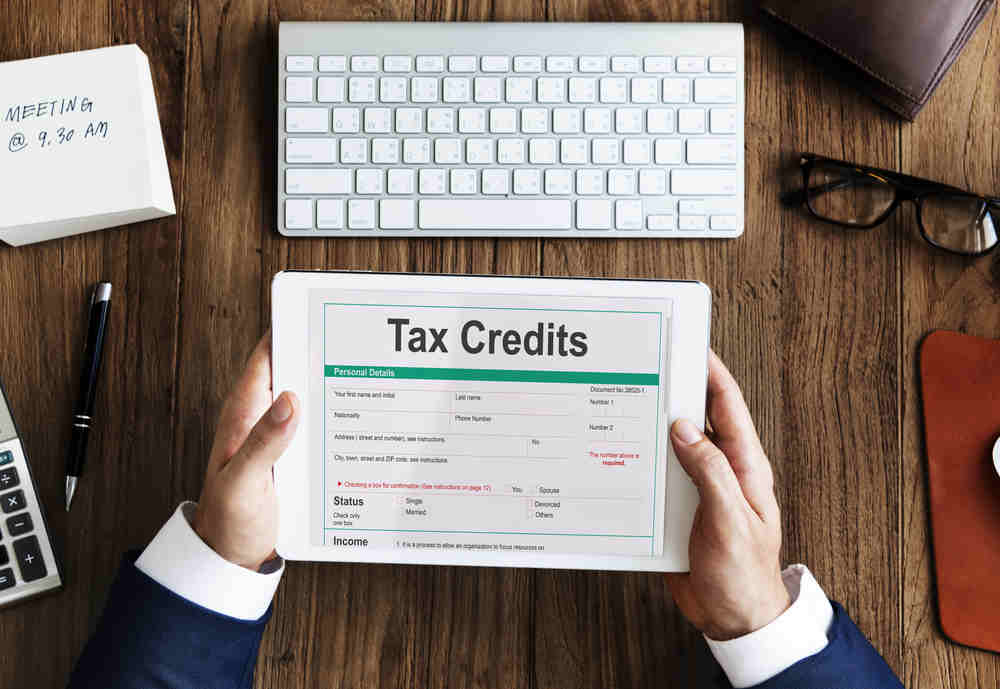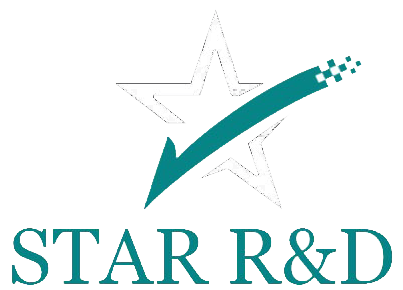
With growing populations and aging urban environments, there is an increased need for the development of new and improved infrastructure. Architecture, engineering and construction (AEC) companies are continually working to design, develop and rehabilitate the buildings, roads, bridges and infrastructure systems that service all aspects of our day to day lives. The emergence of new technologies and increased understanding of materials has created a push for innovation in the engineering world, driving companies to improve upon their design processes and develop more sustainable infrastructure.
The unique nature of each individual infrastructure project make AEC firms excellent candidates for the R&D Tax Credit. Eligible architects, engineers and construction businesses have the potential to recapture qualified costs in their day-to-day operations and R&D expenditures through the federal R&D Tax Credit. As these companies continue to design and innovate, the capitalization of tax incentives allows them to promote future innovation, growth, and re-invest in their business potential.
What is the R&D Tax Credit?
The R&D Tax Credit is a Federal tax incentive that is available to a wide range of companies in the architecture, engineering and construction industries. The R&D Tax Credit enables qualifying companies to reduce their income tax liability in the current tax year dollar-for-dollar, and potentially receive a refund for overpaid taxes on previously filed returns.
With no limit on the amount of R&D expenses that can be qualified in a given tax year nor the number of tax years for which it can be claimed subject to the statute of limitations period, the credit can be utilized as an effective means of tax planning for qualifying companies. Additionally, if the credit cannot be used immediately or completely, the benefit can be carried back one year and forward up to 20 years, offsetting future tax liability. Many states offer a similar R&D Credit which can be used in conjunction to offset state tax liability.
Qualified startups and early-stage business who have minimal-to-no federal income tax liability can take advantage of the Payroll Tax Credit, which allows them to offset payroll tax liability.
Qualifying R&D Activities:
Companies can claim the R&D Tax Credit by qualifying their activities according to the four-part test. Qualifying activities can be found at each state of the design, engineering and construction lifecycle, but each activity must pass each element of the four-part test to qualify. The four-part test asks:
- Does the activity intent to make or improve a product or process that results in improved function, performance, reliability, quality or cost efficiency?
- Does the activity intent to eliminate an uncertainty when developing or improving a product or process related to methodology, design, techniques, formulas or inventions?
- Does the activity include a process of experimentation to eliminate or resolve an uncertainty by evaluating alternatives or approached using trial and error, modeling, or other methods?
- Is the activity technical in nature by relying on a hard science such as architecture, engineering or materials science?
It is important to note that the success of the creation of or improvement upon a product or process is not necessary to qualify for the R&D Tax Credit. The new or improved product or process also does not need to be novel to the industry, so long as the results of the research and development are new to the business conducting them.
Frequently, qualifying R&D activities can be seen throughout numerous phases of the design lifecycle, including preliminary/schematic design, design development, and the development of construction documents until all uncertainties as to the final design of the business component have been resolved.
Potentially Qualifying Activities:
- Geotechnical engineering
- Foundation design and engineering
- Structural design and engineering
- Façade design and engineering
- Mechanical, electrical & plumbing (MEP) design and engineering
- Building information modelling (BIM)
- Materials Engineering
- Design of temporary structures such as scaffolding, falsework and formwork
- Value Engineering
Qualifying Research Expenses (QREs)
Qualifying costs are the expenses incurred in performing qualifying activities. Potentially qualifying R&D expenses include:
- Compensation paid to employees involved in the R&D activities, including employees with direct involvement, as well as employees that directly supervised or supported the R&D projects such as managers and supervisors.
- Payments made to third-parties (sub-contractors, engineering firms, sub-consultants) for the purpose of conducting qualified R&D are captured at 65% of costs
Why work with R&D Tax Credit Specialists?
The technical nature of the R&D Tax Credit makes it essential for businesses to work with a firm that has extensive experience in the AEC realm. Leyton’s Engineering Team is comprised of qualified experts who work alongside our tax professionals to help substantiate your claim through a technical analysis of your qualified R&D activities and expenses.
Along with your claim, Leyton’s experts will provide a detailed Technical Report, outlining the methodology, activities and supporting documentation that qualify your business for the R&D Tax Credit.





